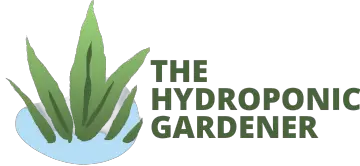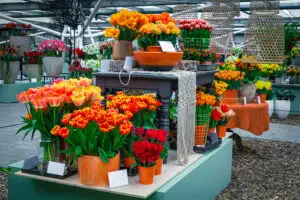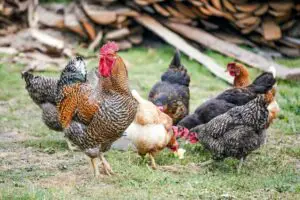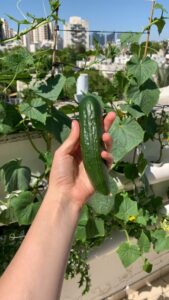Growing hydroponically can be an incredibly rewarding experience. However, the right setup is key to success. Whether a hobbyist or professional gardener, selecting the ideal growing medium for your Dutch Bucket system can make all the difference.
When shopping around for different hydroponic systems and substrates, it’s important to remember that not all systems are created equally. The Dutch Bucket system is a popular hydroponic growing method that can be utilized indoors or outdoors, making it suitable for any novice or experienced gardener. As with any system, selecting the best medium for your buckets is important for success.
When it comes to the Dutch Bucket system, soilless mixes are generally considered to be the best-growing mediums. Soilless mixes are light yet nutrient-rich and can hold more water than traditional soil. Coco coir, perlite, vermiculite, and a combination of the three are all popular options for Dutch Bucket systems.
Read on to find out more about some of the best-growing media available for a Dutch Bucket system – from pebbles to soil-less mix – I’ll cover everything you need to know!
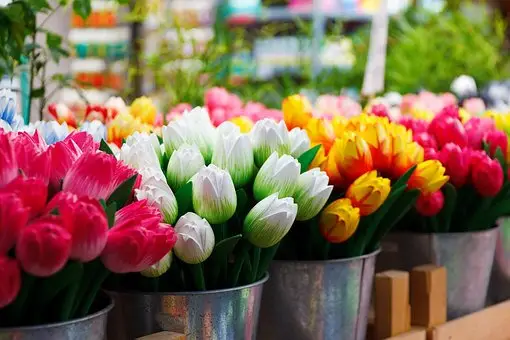
Image credit:pixabay.com
What Is The Dutch Bucket
Dutch bucket gardening is a unique and efficient method of hydroponic gardening that makes it possible to grow fruit and vegetables in the smallest of spaces. This system involves several connected buckets, usually made of plastic, filled with a growing medium, and hooked to a recirculating nutrient-water solution. This method allows gardeners to use their balconies or patios as growing areas and save on both space and water usage.
The most important component of the Dutch bucket system is its growing medium. The right material must be used for plants to receive nutrition and oxygen for healthy growth. Two common materials that work well in this situation are rock wool and perlite.
Rockwool is a non-degradable spongy material ideal for retaining moisture while providing aeration to plants simultaneously. It consists particularly of basaltic rock melted at high temperatures until it forms into microfibers which can later be formed into shapes such as cubes or slabs depending on the application they will be used for. Rockwool also has excellent insulation properties, which means that it can keep the soil warm during cold weather, ensuring better growth in colder climates.
Perlite is another popular choice for Dutch bucket systems; this lightweight mineral has long been used for soil amendment due to its tendency to retain air and nutrients while draining excess water from roots. The low density of perlite makes it easy to mix into any soil mixture without affecting weight too much – which means less strain on your back when gardening! Unlike Rockwool, perlite does not retain moisture quite as well, so if you’re looking for something with a higher capacity for holding water, you may find Rockwool more suitable.
How Does It Work
The best-growing medium for this system is typically perlite, coco coir, or expanded clay pellets due to their ability to provide ideal nutrition to plants while aiding in drainage and aeration. Although each type of medium has different water retention characteristics, they all work well in this setup.
Perlite is the least porous medium and retains the least moisture, making it very helpful for hydroponic systems like Dutch buckets that require a light substrate with good airflow and aeration. Perlite particles float on top of the water, allowing oxygen to reach the root zone and excess water to drain away from the roots, preventing root rot.
Coco coir holds more moisture than perlite, which helps increase humidity levels around the plant’s roots while offering better drainage than soil-based mediums due to its porous structure. Coco coir has a unique ability to retain nutrients, making it an ideal choice for those looking for an organic option. It can provide adequate nutrition and oxygen for plant roots without additional supplements or fertilizers.
Expanded clay pellets provide a balanced mix between perlite and coco coir when used in Dutch buckets, as they offer moderate water retention with great airflow properties and texture. The pellets are made up of tiny spheres that contain spaces that allow them to act like tiny sponges, allowing them to absorb water when needed but still providing excellent drainage at the same time. They are lightweight and easy to use but also help create an ideal environment for your plant’s roots by keeping them moist but not too wet or too dry – something that can be difficult to achieve in other hydroponics systems.
How To Set It Up
When setting up a Dutch bucket as your growing medium, the first step is to choose high-quality drainage materials such as pea gravel or hydroponic clay pebbles. Once this has been done, fill each bucket with the material of your choice until it reaches approximately four inches from the top. Then take your seeds or starter plants and place them into each Dutch bucket, making sure not to overcrowd them and give each plant plenty of space for their roots to grow outwards.
You can add some nutrient mix such as vermicompost or compost at this stage using a scoop or cup-like container to ensure even distribution throughout the buckets. You should repeat this process every two weeks or so, depending on how quickly your plants consume nutrients, to create optimal conditions for growth.
The next step is adding water – but be sure to do just what is necessary! Too much water in the buckets can cause root rot, harming your plant’s health. Aim for moist soil instead of wet soil; it’s easy to keep track by checking in periodically with a finger test – if you can feel moisture about an inch beneath the surface, you’ve struck a good balance between too wet and too dry!
Finally, when all else is ready, you may consider hooking up a remote watering system so that your buckets get equal treatment without worrying about missing out when busy with other tasks. This ensures that your plants receive regular nourishment and care no matter where you are while avoiding potential water wastage through inefficient manual watering practices.
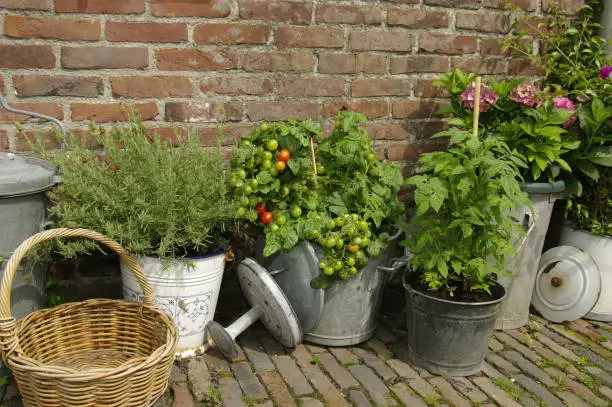
Image credit:pixabay.com
Best Growing Medium For Dutch Bucket
The perfect growing medium for your Dutch Bucket can make all the difference in achieving lush, healthy plants. With so many options on the market, selecting the best one can take time and effort. But fear not – we’ve researched and found what we believe to be the best growing mediums for Dutch Buckets: Coco Coir and Perlite.
Coco Coir is a renewable, non-toxic medium mixes easily with other substrates like perlite or grow stones. It’s ideal for hydroponic applications due to its exceptional water retention capabilities, making it an excellent choice for Dutch Buckets. Coco Coir has an optimal pH rating of between 5 and 7 – perfect for many plants that prefer slightly acidic soils. It’s also reusable multiple times before losing its hydrating qualities, making it a great cost-effective option.
Perlite is another popular choice among Dutch Bucket enthusiasts due to its lightweight properties that help promote air circulation in soil mixtures. Adding perlite makes the soiled absorbent and helps retain moisture without becoming soggy. While it does not possess any nutrient value, its porous structure promotes better root aeration and drainage, creating an optimal environment for plant growth.
Both these growing media are excellent choices for Dutch Buckets due to their desirable pH ratings and superior water retention capabilities. As well as providing superior quality yields with maximum growth potential, these growing media are highly cost-effective and reusable numerous times before needing replacing. Moreover, they are safe and contain no dangerous toxins or chemicals that could harm your plants – making them a great all-around solution!
FAQs
Dutch Buckets should have lids to help keep the plants and soil moist. Lids also reduce moisture loss due to evaporation and prevent pests such as insects or animals from getting into the buckets.
The pump size needed for a Dutch Bucket system depends on several factors, such as the number of buckets and plants in the system, their heights, the desired flow rate, and other factors. Generally, a submersible pump with a 100-300 gallons/hour capacity is ideal for most systems.
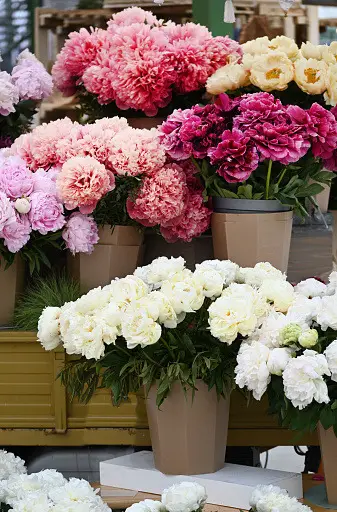
Image credit:pixabay.com
Conclusion
With careful consideration of what will work best in terms of cost-effectiveness, nutrient value, and reusability, you can make an informed decision that leads to optimal results with maximum growth potential! Ultimately, investing more money into better quality materials pays off when nurturing beautiful plants that thrive under ideal conditions.
When selecting the best-growing medium for your Dutch Bucket setup, many options are available. However, not all of them will be suitable for your particular setup – so it’s important to do some research before investing in a growing medium.
Different plants have different needs and requirements, meaning that some growing media may be better suited for certain plants than others. It is, therefore, important to do your research and choose a medium that will provide the best results for your specific plants.
